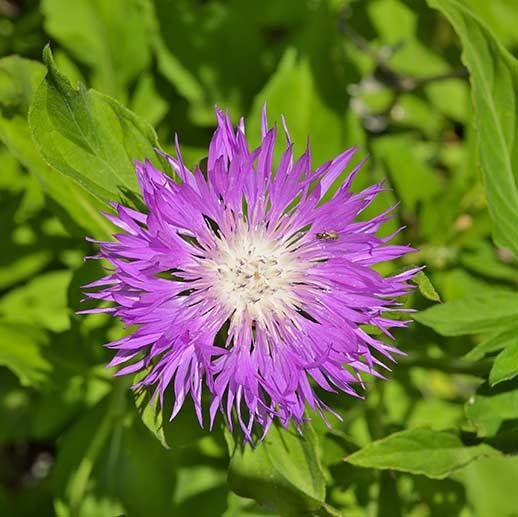1.) Kokoska L, Janovska D. Chemistry and pharmacology of Rhaponticum carthamoides: a review. Phytochemistry 2009;70(7):842-55.
2.) Gadzhieva RM, Portugalov SN, Paniushkin VV, Kondrat'eva II. [A comparative study of the anabolic action of ecdysten, leveton and Prime Plus, preparations of plant origin]. Eksp Klin Farmakol 1995;58(5):46-8.
3.) Azizov AP, Seifulla RD, Chubarova AV. [Effects of leuzea tincture and leveton on humoral immunity of athletes]. Eksp Klin Farmakol 1997;60(6):47-8.
4.) Dushkin M., et al. BMC Complment Altern Med. 2014 Jan 20;14:33. Hasper I., et al. Menopause. 2009 Jan-Feb;16(1):117-31 Kokoska L. and Janovska D. Chemistry and pharmacology of Rhaponticum carthamoides: a review. Phytochemistry. 2009 May;70(7):842-55.
